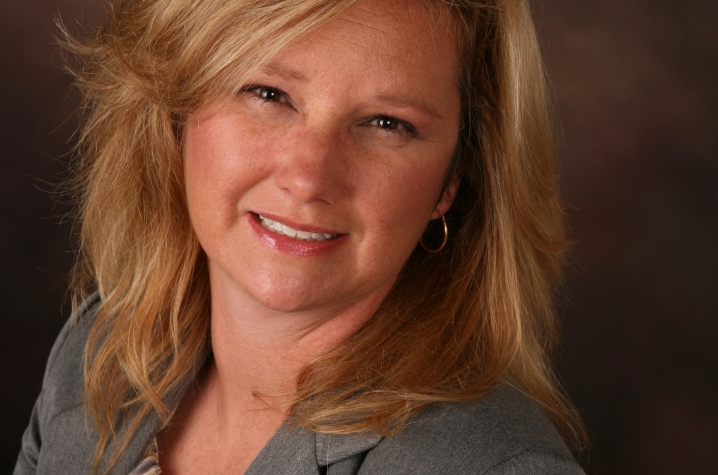UK Experts Stress Prevention During National Child Passenger Safety Week
LEXINGTON, Ky. (Sept. 15, 2014) — Every year, car crashes are a major cause of death for Kentucky children of all ages and the leading cause of death in children older than 4. So far this year, 13 Kentucky children younger than 16 have died in crashes, and at least 17 in this age group died in 2013. Booster seats and car seats are the most effective tools for protecting children from injury and death during a crash.
During National Child Passenger Safety Week, Sept. 14-20, pediatric experts at UK HealthCare are driving home the message about the importance of buckling children into age-appropriate safety seats. While car seats and boosters have helped reduce the rate of child deaths during the past decade, pediatrician Dr. Susan Pollack said many more deaths and injuries could be prevented if caregivers take the time to secure their young passengers correctly on every ride.
"We know that many children are saved every year, even in serious crashes, by being properly restrained and protected," Susan Pollack, who is also the director of pediatric and adolescent injury prevention at the Kentucky Injury Prevention and Research Center, a joint effort of UK and the Kentucky Department for Public Health. "The knowledge and the equipment exists to save almost all the children who die in crashes, but only with the help of parents, guardians and other caregivers can we really make this happen."
Children ages 2 to 6 in a car seat are 28 percent less likely to be killed in a motor vehicle crash than if they were only wearing an adult seat belt. Children ages 4 to 7 are 59 percent less likely to be injured in a crash if they are in a belt-positioning booster seat rather than just a seatbelt.
The American Academy of Pediatrics (AAP) and the National Highway Transportation Safety Administration (NHTSA) recommend rear-facing travel for passengers younger than the age of 2. After 2, a child will be best protected in a forward-facing car seat with a five-point harness. When a child outgrows a car seat, a booster seat is the next step. Booster seats simply boost a child to the height at which an adult seat belt will fit properly. Booster seats must be used with lap-shoulder belts, not with lap belts alone. Putting a shoulder belt behind the arm or back creates a lap-only belt, leaving the wearer with no upper body protection. Head and spinal cord injuries can result in an accident, leading to paralysis or death.
New AAP recommendations caution parents for best safety to stay at each stage until a child’s growth makes a move to the next step necessary. Kentucky law currently requires booster seats for children up to age 7 and between 40-50 inches in height (3-foot 4-inches to 4-foot 2-inches), but the national standard for safety requires booster seat use until a child reaches 4-foot 9-inches, which usually occurs between ages 8 and 12. Every state surrounding Kentucky requires that a booster seat be used until age 8 or 4-foot 9-inches. After graduating from a booster seat, using seat belts properly on every ride is the best protection for children and teens.
"Many of our teen traffic deaths could be prevented by the use of seat belts," Pollack said. "Together, we can make a difference for the safety of our children."
UK HealthCare pediatric professionals will be involved this week at two community car seat checks. Dr. Pollack will assist Bracken and Lewis County health departments with a free car seat check at the Lewis County Health Department on Thursday, Sept. 18, from 3 to 6 p.m. She serves as coordinator for Kentucky State Safe Kids, a program supported by the Department for Public Health/Division of Maternal and Child Health through its Injury Center contract to assist local health departments in their injury prevention efforts.
Fayette County Safe Kids, coordinated by Sherri Hannan and supported by Kentucky Children's Hospital, will hold a car seat check at Buy Buy Baby at Hamburg on Monday, Sept. 15, from 1 to 3 p.m. Pollack and Hannan work together to educate the public about child passenger safety.
MEDIA CONTACT: Elizabeth Adams, elizabethadams@uky.edu






